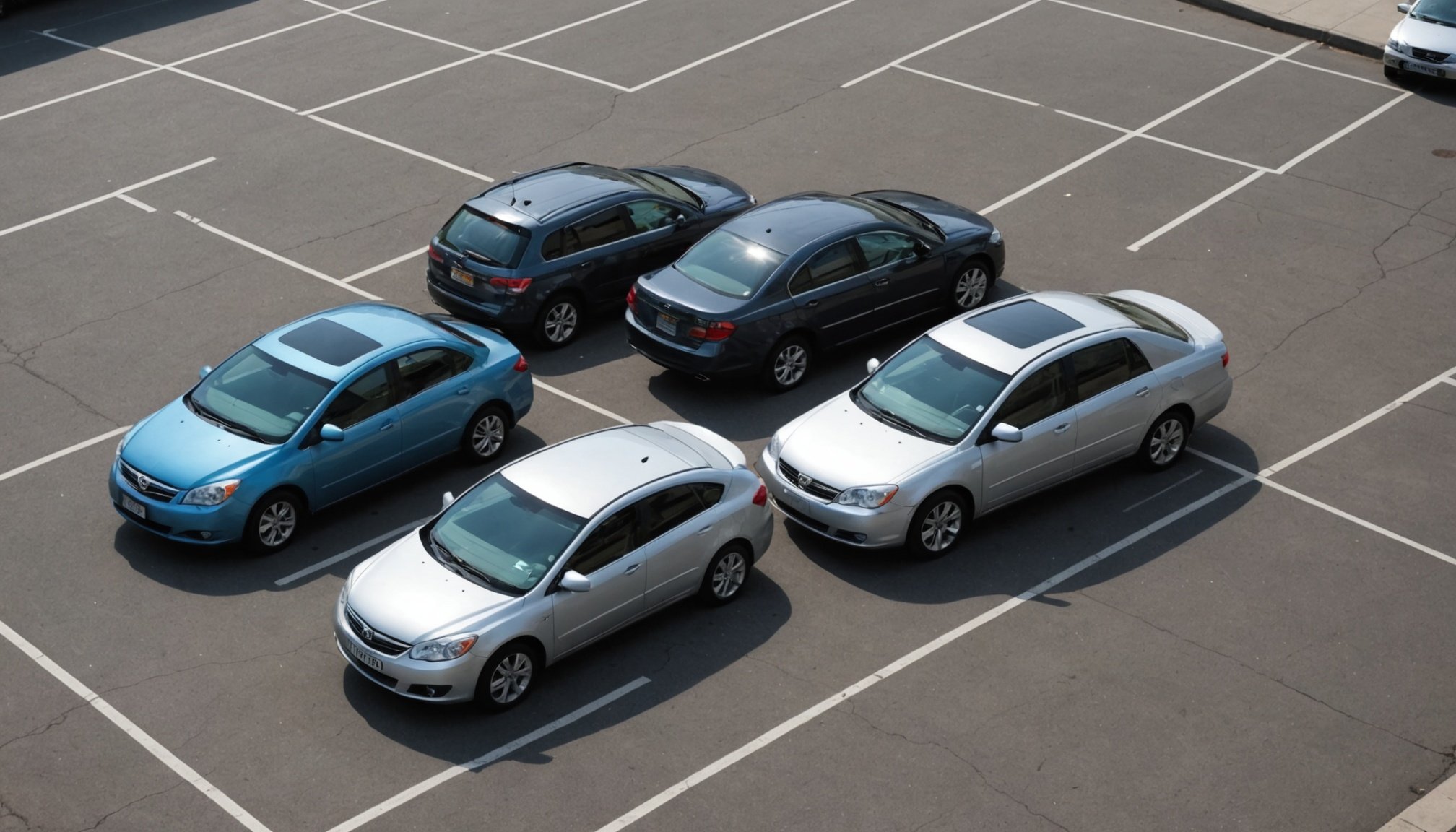Parallel parking is often seen as a dreaded task by many drivers. The thought of maneuvering your vehicle into a tight spot on a bustling street can be daunting. However, mastering this skill is essential for anyone who wants to drive confidently in urban environments. With practice and the right techniques, you can become adept at parallel parking, making your driving experience smoother and less stressful. This article will guide you through the best techniques for parallel parking in tight spaces, offering valuable insights and tips to enhance your skills.
Understanding the Basics of Parallel Parking
Before diving into the specific techniques, it’s crucial to understand the fundamental concepts of parallel parking. This parking technique involves positioning your vehicle parallel to the curb, nestled between two cars. The process requires precision and a keen awareness of your vehicle’s dimensions.
In the same genre : How can you ensure your vehicle is safe for new drivers?
To start, identify a space that appears large enough for your car. A general rule is that the space should be at least 1.5 times the length of your vehicle. The next step involves signaling your intent, which alerts other drivers of your intention to park. As you approach the spot, measure the gap between your car and the parked vehicles to ensure you have sufficient room to maneuver.
Slowly drive past the parking space until your rear wheel aligns with the back bumper of the car in front. Turn the steering wheel sharply towards the curb and begin reversing at a controlled pace. Keep an eye on your mirrors and over your shoulder to gauge your position relative to the curb and other vehicles.
Have you seen this : What are the benefits of using synthetic oil compared to conventional oil for your car?
Once your front wheel is aligned with the back bumper of the car in front, straighten your steering wheel and continue reversing. As your vehicle nears the curb, gradually turn the wheel in the opposite direction to align with the road. Practice this sequence until it becomes second nature, and you’ll find parallel parking in tight spaces less intimidating.
Executing the Perfect Parallel Park
Parallel parking is a common driving skill, but achieving perfection requires a combination of technique, patience, and practice. Here, we delve into the specific steps you should follow to execute a flawless parallel park.
Step 1: Preparation and Positioning
The first step is to position your car correctly. As you approach the desired parking space, signal your intention to stop. Align your car parallel to the vehicle in front, maintaining a distance of about two to three feet. Ensure your front wheel is straight while keeping an eye out for pedestrians and other vehicles.
Step 2: The Initial Turn
Shift your vehicle into reverse and slowly release the brake. As you begin to back up, turn your wheel sharply towards the curb. This initial turn is crucial as it determines the angle at which your car will enter the space.
Step 3: Align and Adjust
Once your car’s back corner is aligned with the front vehicle’s rear bumper, straighten your wheels. As you continue to reverse, keep a close watch on your mirrors to ensure there is enough space between your car and the curb.
Step 4: Final Adjustments
When your vehicle is almost parallel to the curb, turn your wheel in the opposite direction to align your car with the road. Check your surroundings and perform any final adjustments by moving forward or backward if necessary.
Executing these steps with a confident, steady approach will make parallel parking a manageable task. Regular practice will further cement these techniques, allowing you to park effortlessly in tight spaces.
Key Tips and Tricks for Success
Parallel parking doesn’t have to be an ordeal. With some key insights and tricks, you can simplify the process and navigate even the tightest spots with confidence. Here are some invaluable tips all drivers should consider:
1. Practice Makes Perfect
Dedicate time to practicing parallel parking in an empty lot or a less congested street. This helps build muscle memory and boosts your confidence when parking in tighter, busier areas.
2. Use Reference Points
Identify reference points on your car, such as the door handles or mirrors, to guide your maneuvers. These points help gauge distances and angles, aiding in a smoother parking process.
3. Understand Your Vehicle’s Dimensions
Familiarize yourself with the size and turning radius of your car. Knowing these details can help you estimate the space required and execute more precise turns.
4. Stay Calm and Patient
Don’t rush the process. A calm approach allows you to focus on the task without feeling pressured. Take your time to reposition if needed.
5. Leverage Technology
Modern vehicles often come equipped with parking sensors and cameras, providing additional assistance. Utilize these tools to gain a better understanding of your surroundings and improve accuracy.
By incorporating these tips, drivers can transform parallel parking from a challenge into a routine task, enhancing their overall driving experience.
Common Mistakes and How to Avoid Them
Even seasoned drivers can struggle with parallel parking, often due to common mistakes that are easily rectified. By understanding these pitfalls and learning how to avoid them, you can enhance your parallel parking precision.
Mistake 1: Misjudging Distances
One frequent error is underestimating the space needed to park. Ensure the spot is long enough to accommodate your vehicle, avoiding tight squeezes that could lead to bumping surrounding cars.
Solution:
Be diligent in measuring the space visually before attempting to park. Practice in open areas to better understand your car’s requirements.
Mistake 2: Incorrect Steering Wheel Turns
Turning the wheel too early or too late can hinder your parking effort. This miscalculation often leads to the car not aligning correctly with the curb.
Solution:
Follow the recommended sequence of wheel turns: sharp turn towards the curb, straightening midway, and a final adjustment for alignment.
Mistake 3: Ignoring the Rear and Side Mirrors
Relying solely on one mirror limits your visibility and can result in poor positioning.
Solution:
Use all available mirrors and occasionally glance over your shoulder for a comprehensive view of your surroundings.
Avoiding these mistakes requires awareness and practice. By proactively addressing these issues, you can improve your parking skills and reduce stress during tight parking situations.
Parallel parking need not be a source of anxiety. With the right techniques and consistent practice, anyone can master the art of parallel parking in tight spaces. Remember the importance of preparation, the steps involved in executing a perfect park, and the common mistakes to avoid. By implementing these strategies and maintaining a calm demeanor, you can parallel park like a pro, even on the busiest roads. Continue practicing, and soon the once-dreaded parallel parking challenge will become just another part of your driving routine.











